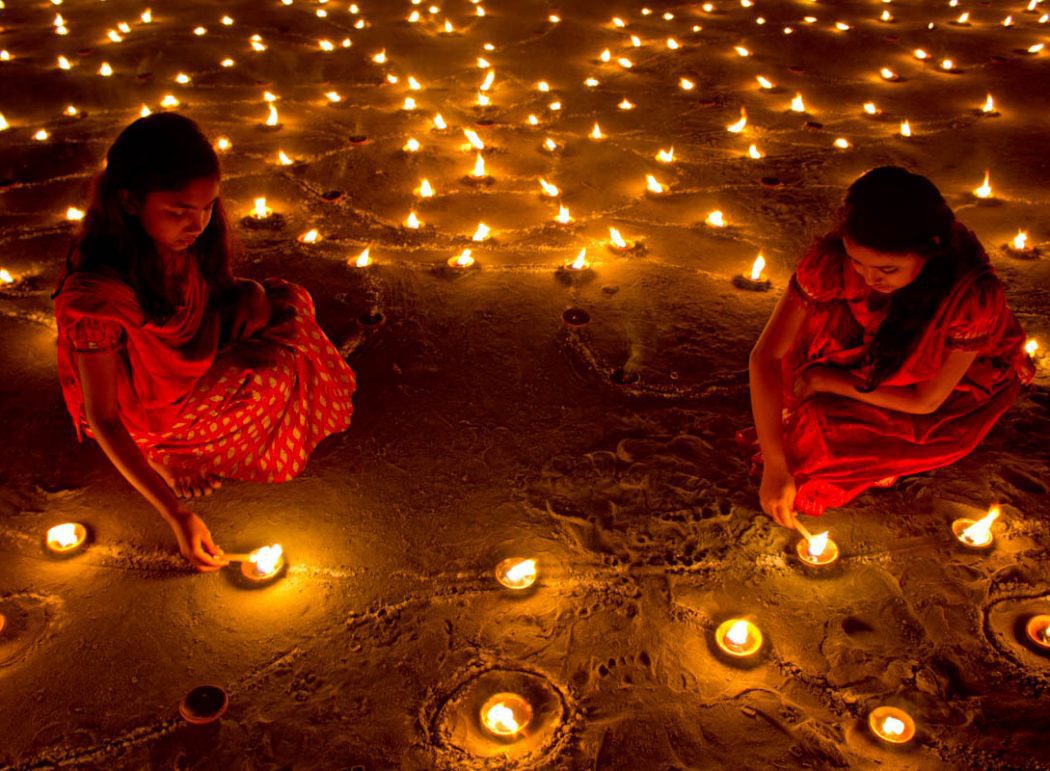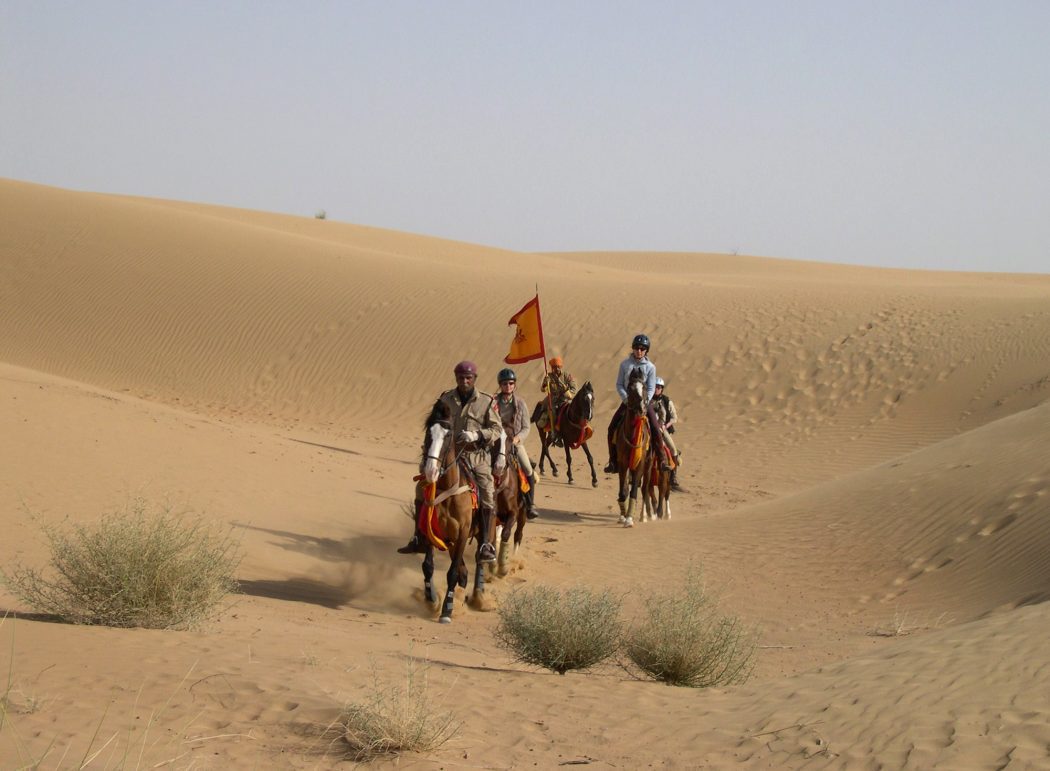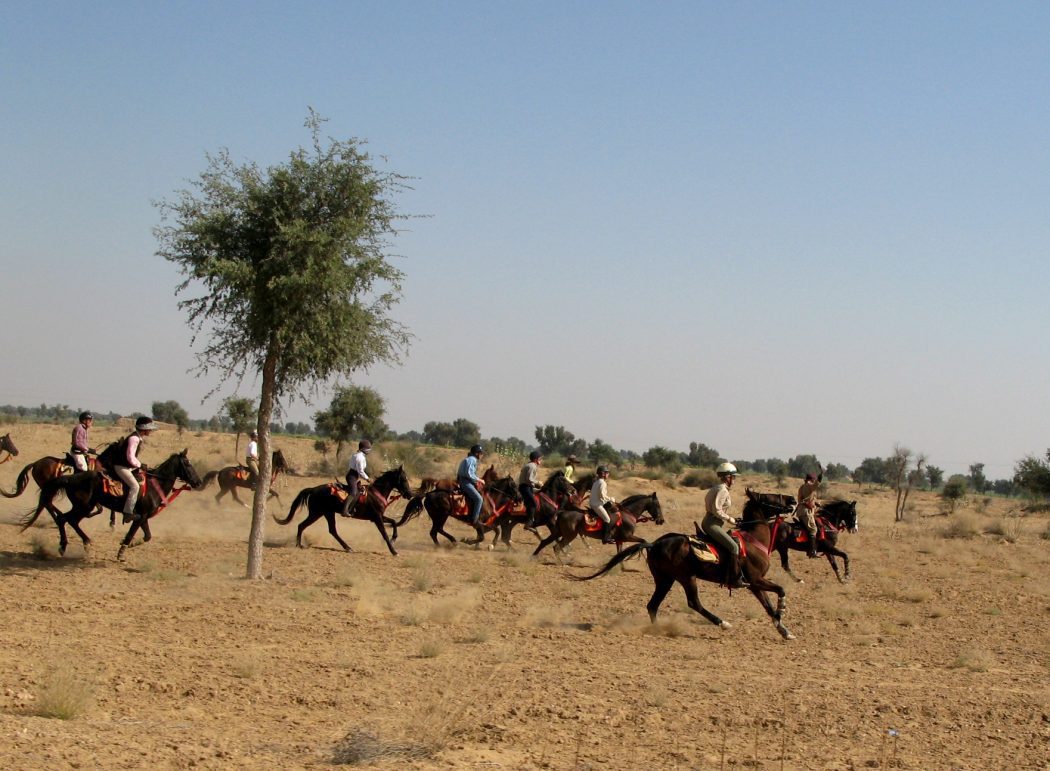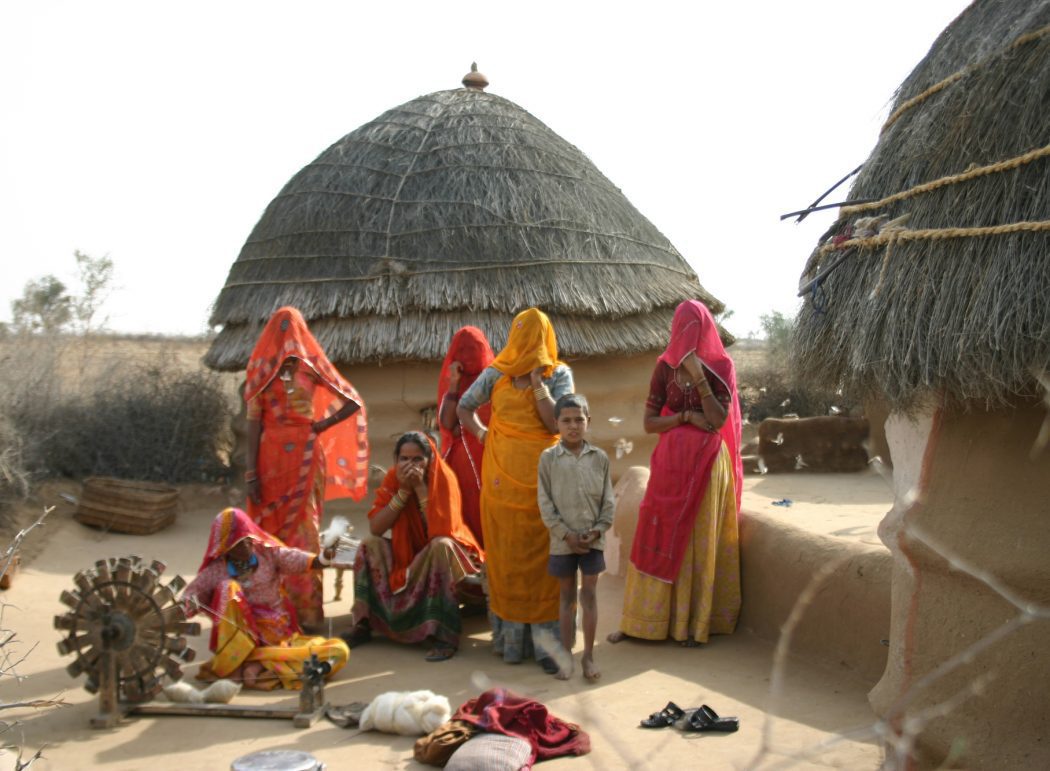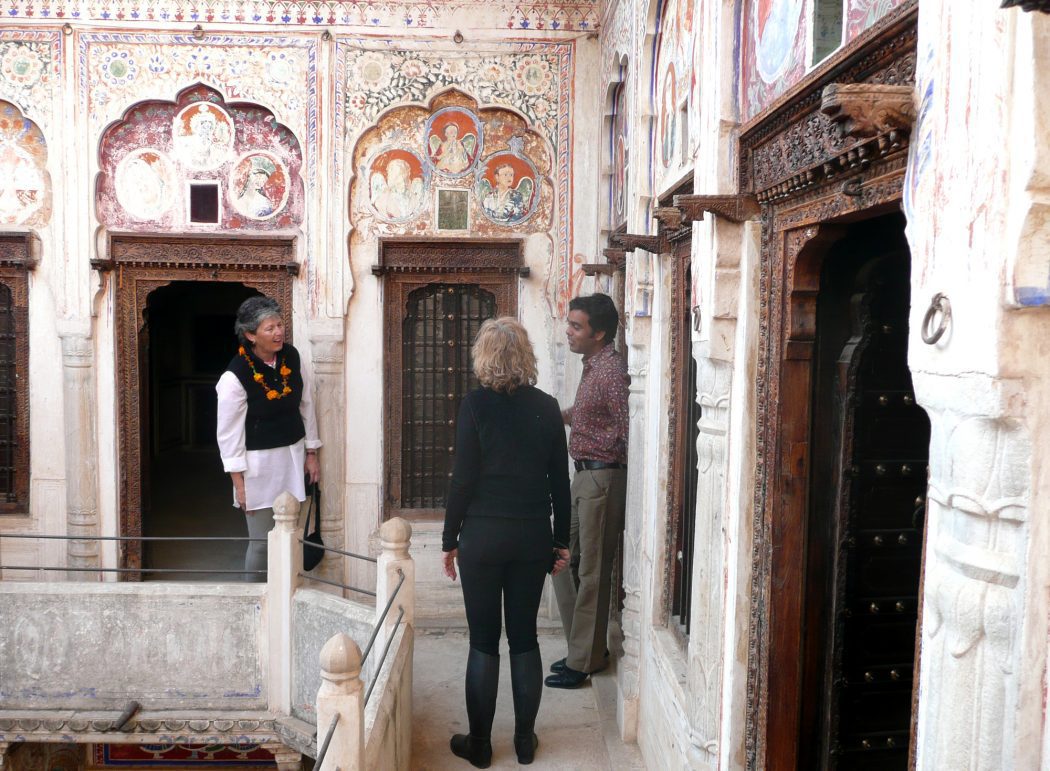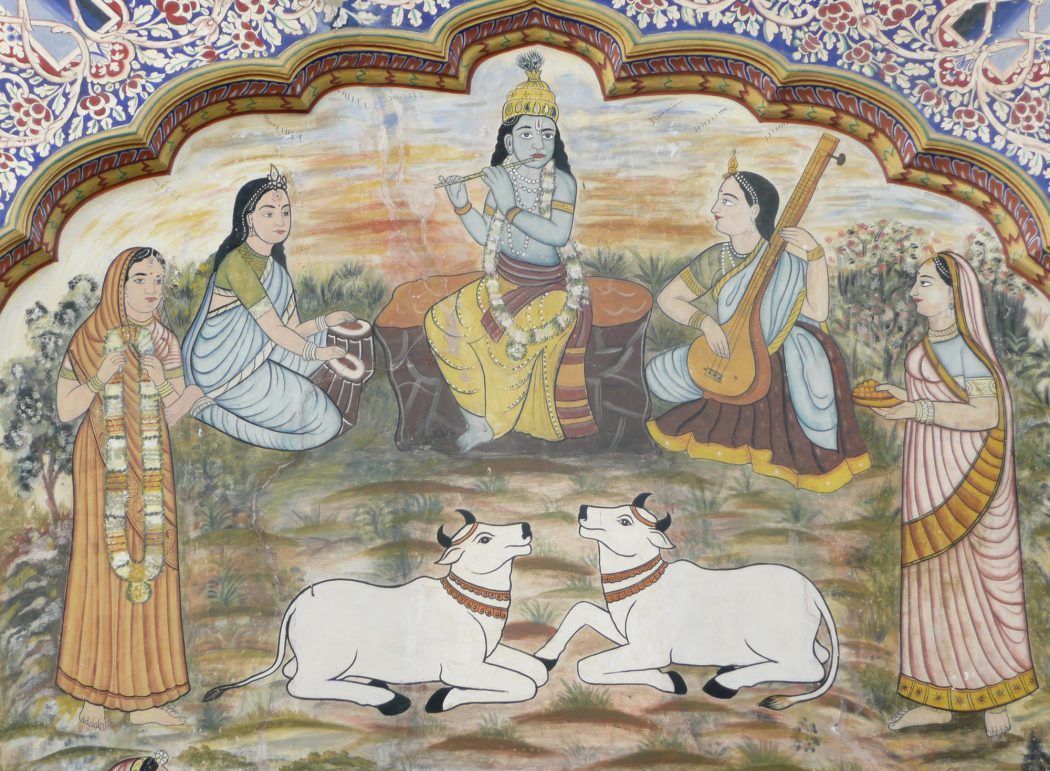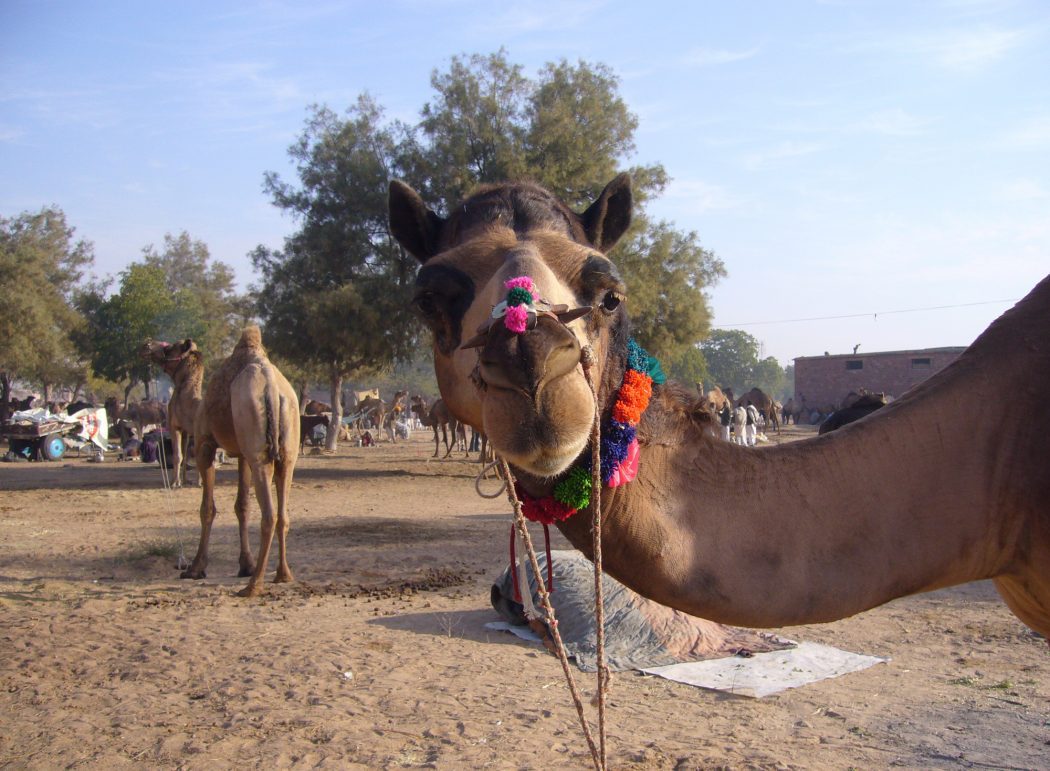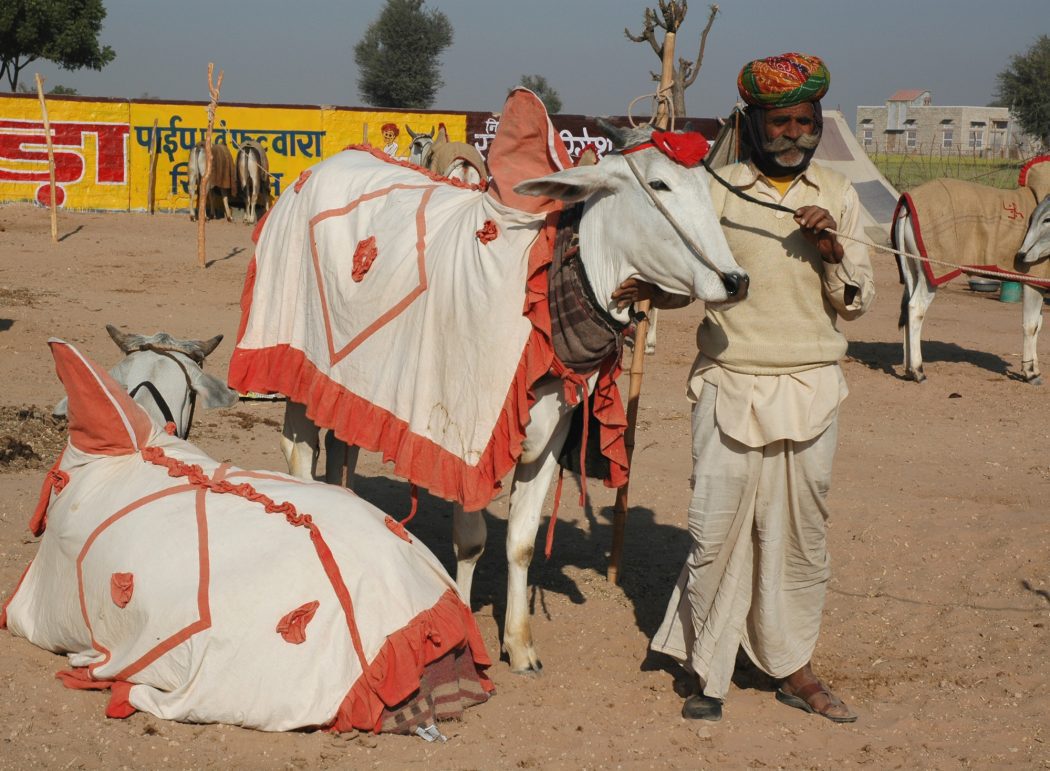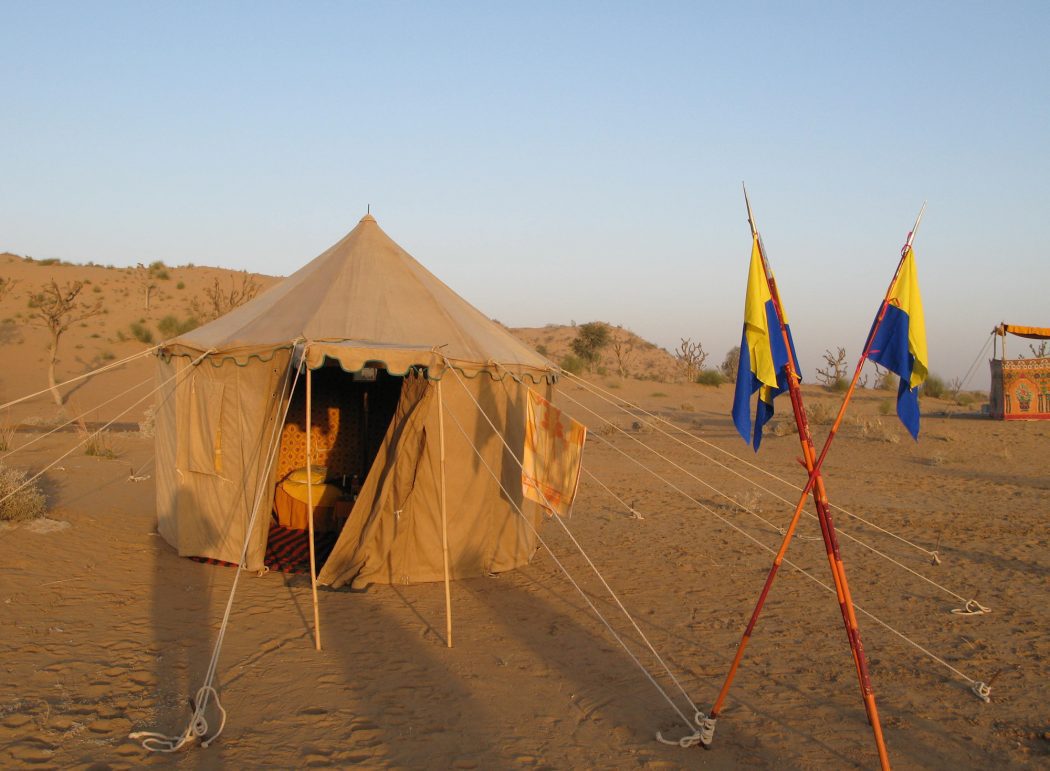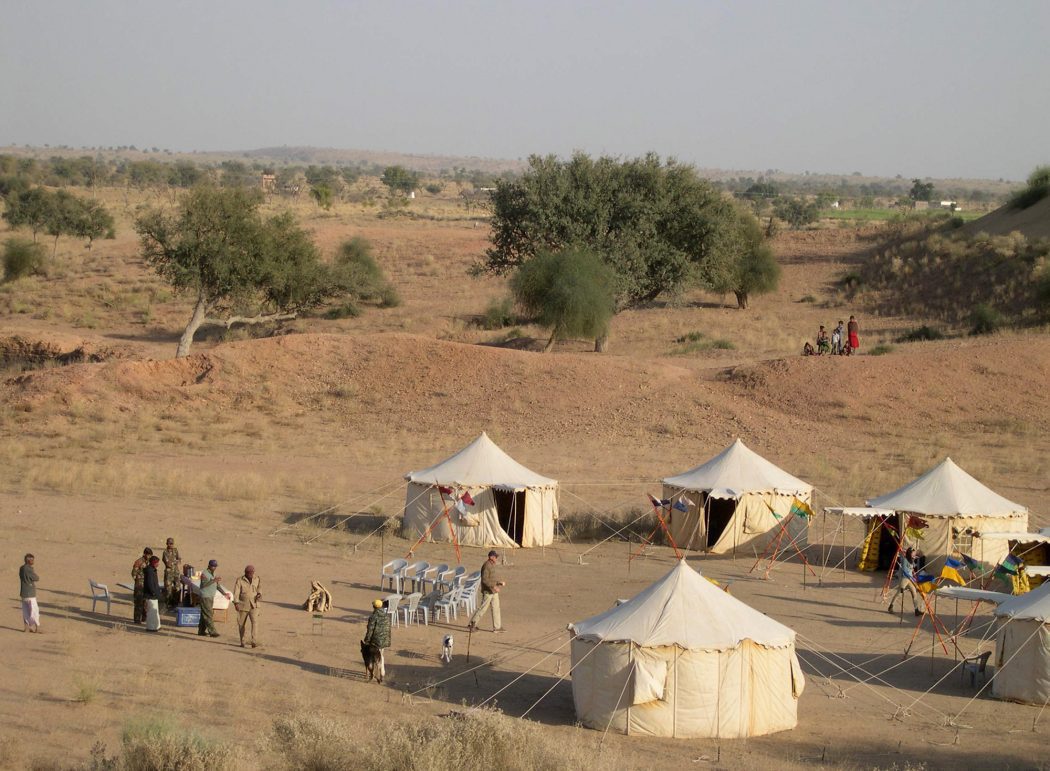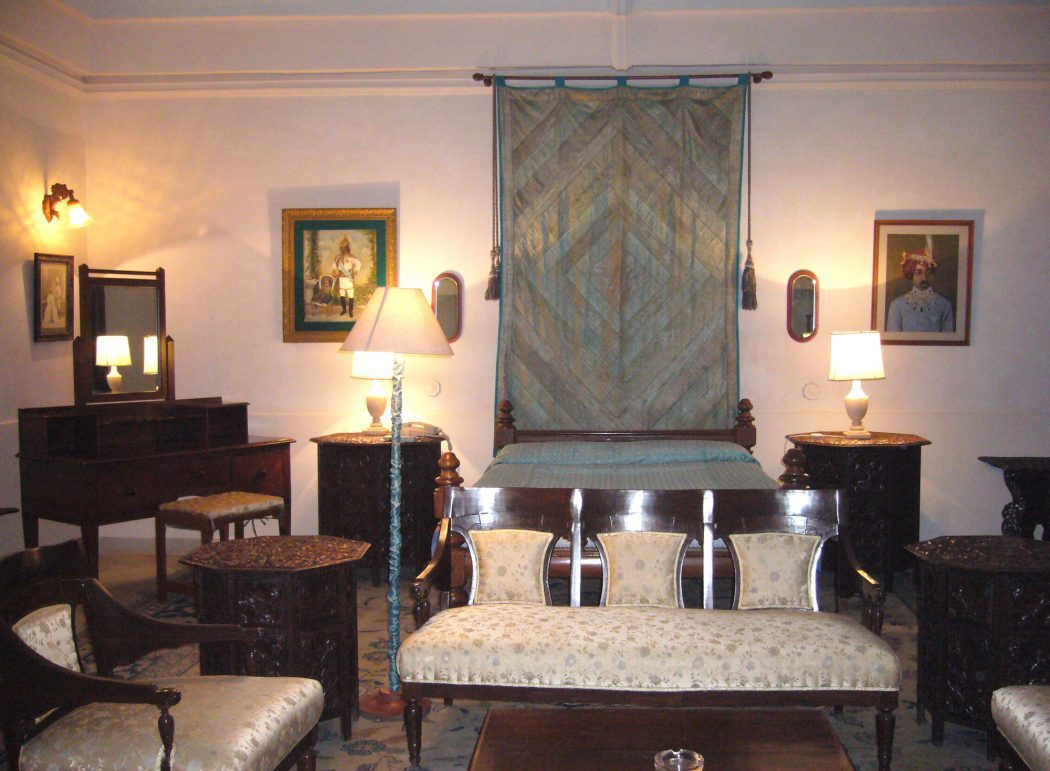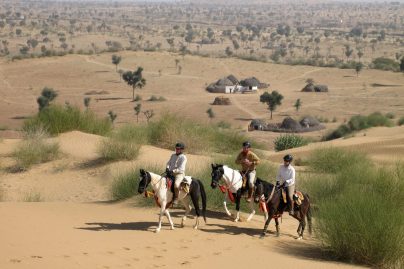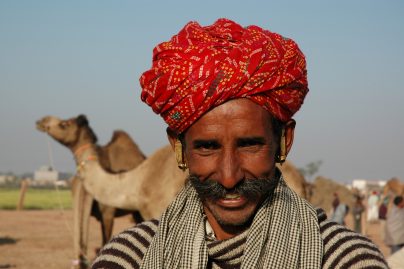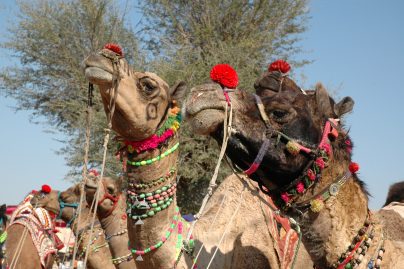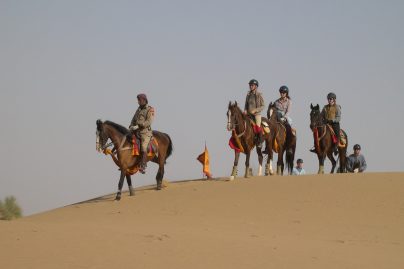Nov 13: Arrive in Delhi and transfer to the Hotel Vasant Continental or similar. Rooms will be available from 12 noon. If time permits, enjoy the afternoon sightseeing in New Delhi: The old city, built by Shah Jehan in the 17th century, stands today as an epitome of the whole history of Indo- Islamic architecture. New Delhi, designed and constructed by the Sir Edwin Lutyens and Sir Herbert Baker is a mixture of east and west. The public buildings in red sandstone are in the Moghul style. It has a circular Parliament House and an imposing Central Secretariat in two blocks which stand at the approaches to Rashtrapati Bhawan, the residence of the President of India.
Delhi is today the political, economic and cultural capital of the World’s largest democracy and has also become one of the greatest tourist centers of the World.
- Sightseeing of New Delhi: Visit Humayun’s Tomb aptly called predecessor of the Taj Mahal. Drive past Safdarjung’s Tomb, the Qutab Minar, 72 meters high and one of the perfect towers of the Persian World. Nearby, amidst the ruins of the Quwut – ul – Islam Mosque stands the Iron pillar which has stood the vagaries of the weather and not rusted over 1500 years. An orientation drive through New Delhi includes the Embassy area, Government Buildings. Drive past Jantar- Mantar Astronomical observatory and through Connaught Place, New Delhi’s main shopping center.
Overnight in Delhi.


